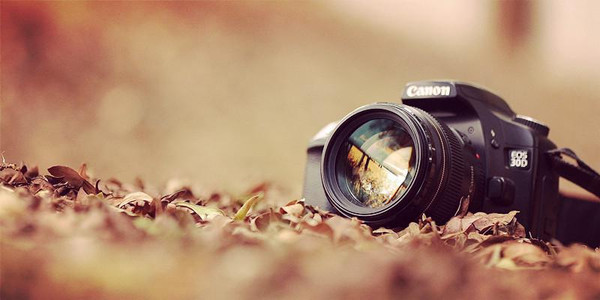Photography is an exciting and rewarding art form. For those who are just starting out, here are some essential tips to help you embark on this wonderful journey.

Understand Your Camera
First and foremost, take the time to get to know your camera. Whether it’s a simple point – and – shoot or a more advanced DSLR or mirrorless camera, read the user manual carefully. Familiarize yourself with the basic functions such as the power button, shutter button, zoom controls, and how to change shooting modes. If you have a digital camera with different shooting modes like auto, portrait, landscape, and macro, experiment with them to see how they affect your pictures. For example, the portrait mode usually blurs the background to make the subject stand out, while the landscape mode ensures that both the foreground and background are in sharp focus.
Master the Basics of Composition
Composition is the key to creating visually appealing photos. One of the fundamental rules is the rule of thirds. Imagine your viewfinder or LCD screen is divided into a grid of nine equal parts by two horizontal and two vertical lines. Try to place the main subject or points of interest along these lines or at the intersections. This creates a more balanced and interesting composition. Additionally, look for leading lines in the scene, such as a path, a fence, or a river that can lead the viewer’s eye into the picture. Also, be aware of negative space, which is the area around the subject. Sometimes, having more negative space can add a sense of simplicity and elegance to your photo.
Pay Attention to Lighting
Lighting is crucial in photography. Natural light is often the best source, especially during the golden hour, which is shortly after sunrise or before sunset. The light during these times is soft, warm, and creates beautiful shadows and highlights. If you’re shooting indoors, try to use window light as much as possible. When the light is too harsh, like in the middle of the day under the bright sun, you can use diffusers or look for shaded areas to avoid harsh shadows and overexposed areas. You can also experiment with artificial lighting, such as using a flash, but learn how to control its intensity and direction to get the desired effect.
Practice, Practice, Practice
Finally, the most important advice is to practice as much as you can. Take your camera with you everywhere you go and look for opportunities to take pictures. It could be something as simple as a flower in a park, a street scene, or your friends and family. Analyze your photos after you take them. Look for what worked well and what could be improved. Join photography communities online or in your local area, share your work, and learn from others. As you practice more, you’ll develop your own style and improve your skills over time.
Remember, photography is a journey of discovery and expression. Enjoy the process and have fun capturing the world around you!
